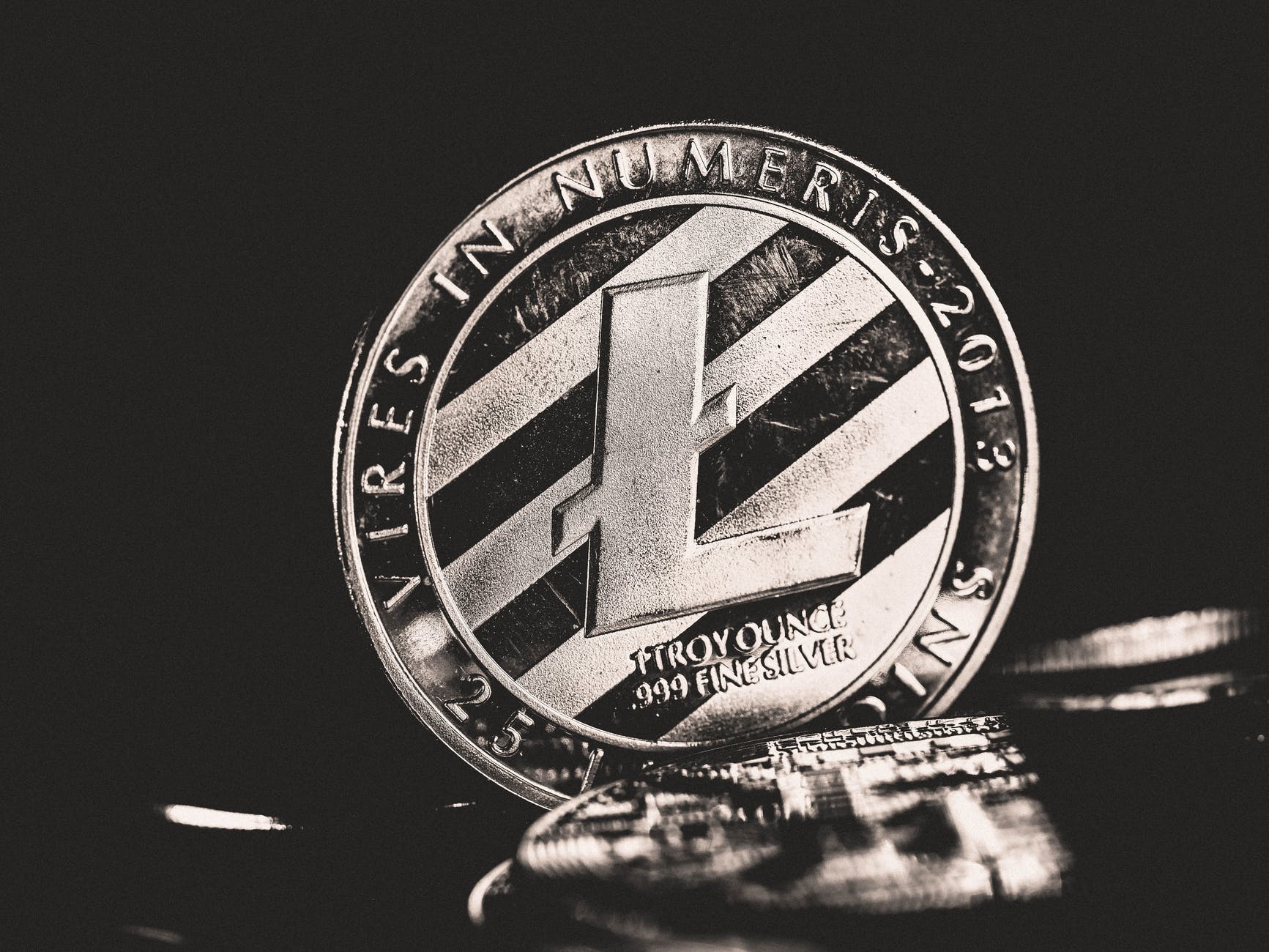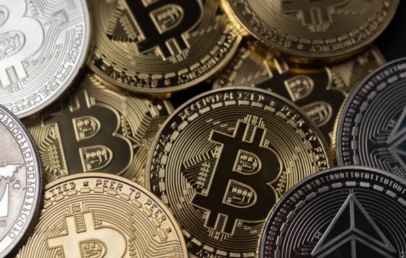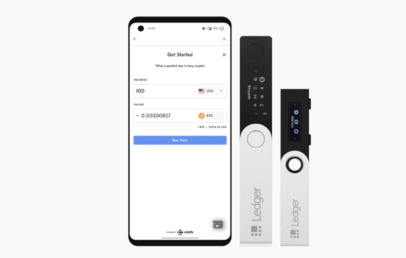Many cryptocurrencies have been launched to run similarly to Bitcoin but in a faster and cheaper way, and among them is Litecoin (LTC).
Aiming to be “the silver to Bitcoin’s gold,” Litecoin is one of the biggest cryptos in the market capitalization, which was widely regarded as the first alternative cryptocurrency. This altcoin was launched more than a decade ago, on October 3, 2011, while its developer was playing around with Bitcoin’s codebase.
There’s so much to learn about Litecoin, so there’s no delaying any further. Let’s begin our Litecoin (LTC) journey with a little introduction.
Introduction to Litecoin (LTC)
Google former engineer Charlie Lee started Litecoin after getting interested in Bitcoin’s good potential upon its launch. After bringing Litecoin into the market, Lee decided to join Coinbase, one of the famous cryptocurrency exchanges, as the board director of engineering two years later.
Lee set aside the development of Litecoin while he was at Coinbase because he believed that it was essential to help people “own Bitcoin and hold Bitcoin” since Litecoin wasn’t ready enough to grow.
In 2017, Litecoin developer left Coinbase to continue the development of LTC full time and now serves in a non-profit foundation— Litecoin Foundation— as a managing director. Lee revealed in late 2017 that he was donating and selling all of his LTC holdings because he was accused of using cryptos for his personal benefit. At the same time, he wanted to know his influence on the market.
According to Lee, Litecoin was supposed to be a “fun side project” initially, but he decided to evolve it later on.
What is Litecoin (LTC)?
Technically, Litecoin (LTC) is designed to be sound money, which is not susceptible to immediate depreciation or appreciation in value that people would love to use in everyday transactions. On the other hand, Bitcoin was something that has a long-term store of value.
To put it simply, people view Bitcoin (BTC) as gold that maintains or grows its value and purchasing power, while Litecoin (LTC) is often perceived as the money people uses currently.
Although Litecoin (LTC) was created with the goal of being regarded as the digital “silver” of Bitcoin, it also meant to address some known shortcomings of Bitcoin, such as its expensive fee and slow processing of transactions. It strives to provide a speedier and more economical transaction.
How does Litecoin (LTC) achieve fast and cheap transactions?
Bitcoin possesses a block time of 10 minutes, so the succeeding block needs to wait for 10 minutes to be added to the blockchain. It is quite a long mining process, so Litecoin thought of cutting it down to 2.5 minutes, allowing transactions to run 4X faster.
The fast transaction process makes it more comfortable for merchants to accept LTC payments since they won’t have to wait one full hour to secure six mining transactions on the network.
Furthermore, the Bitcoin network can only process about five transactions every second for around $2 up to $10 for each transaction, while Litecoin can process 54 transactions every second costing just about $0.1 or $0.02.
Similar to Bitcoin, Litecoin is also an open-source blockchain that isn’t controlled by a central authority. Instead, anyone within the blockchain can take a glimpse of the code that makes the network run. Miners within the blockchain can also make suggestions if they want to, and if over 50% of the miners support it, the suggestion will be accepted.
Furthermore, Litecoin can also be broken down into eight decimal places, just like Bitcoin. The amount 0.00000001 Litecoin is called Photon, while a Bitcoin of the same amount is called Satoshi.
The Lightning Network, or the Layer 2 Solution, was first adopted by the Litecoin (LTC) network, which was behind its rapid and almost free transaction fee.
Basically, the lightning network serves as a scaling solution by creating an “extra” layer on top of a crypto blockchain. The extra layer is made up of user-generated payment channels that were initially designed to be executed on the Bitcoin blockchain.
Litecoin’s lightning network implementation is quite slow compared to Bitcoin, which has grown exponentially in its initial months. Experts suggest that this was due to LTC’s already low transaction fees.
Litecoin (LTC) and Hashing Algorithm
The hashing algorithm is basically the mathematical algorithm that the computer is calculating while mining blocks. Litecoin underpins the proof-of-work (PoW) blockchain, which increases the computing power of miners to come up with the solution of the following block.
Bitcoin requires high-powered devices that use microprocessors for mining BTC. Among the most famous devices is the ASIC miner, which remains the most profitable crypto-mining device at the time of writing. However, despite its efficiency, it’s a bit costly.
On the other hand, Litecoin implements a new hashing algorithm called Scrypt hashing algorithm, wherein even personal computers can be used to participate and mine within the network. However, mining LTC with personal computers now isn’t as profitable as it was before. Interestingly, there’s another solution to make a decent profit in mining Litecoin.
Merge mining is a technical term where individuals can mine two different cryptocurrencies using the same hardware without electricity. Another popular cryptocurrency that uses Scrypt is Dogecoin. This means that numerous miners of Dogecoin are also earning Litecoin as well.
Litecoin (LTC) Tokenomics
One surprising fact about Litecoin is that they didn’t launch a premine nor an initial coin offering (ICO). Premining was primarily done to reward the developers of blockchain-based crypto before it gets launched to the public, and ICO was to fund the project’s development.
According to Litecoin’s main developer, having one organization or individual controlling a massive number of coins in a blockchain gives them the power to use the coins as they fit. Although many are undertaking premining and ICO activity, Lee believes that this goes against the decentralized vision of Bitcoin.
By not undertaking the two, this means that the first LTC miners were random individuals interested in it, allowing a fair crypto launch like Bitcoin had.
The number of coins of Litecoin is 84 million, which is fourfold of Bitcoins number. The inflation of Litecoin getting controlled by the halving mechanism. Every four years, Litecoin undergoes halving as well to mimic the generation trajectory of Bitcoin. While Bitcoin halves every 210,000 blocks, the Litecoin generation undergo halving every 840,000 blocks.
From its creation, the LTC blockchain has demonstrated that it is secure enough to find a way around and avoid 51% attacks that happen when a mining entity manages to control more than 51% of the computing power to try altering the blockchain history.
Since the project’s launch, Litecoin hasn’t experienced extreme exploits, proving that it is truly the “silver” of the crypto space— reliable crypto that users can utilize to make transactions at a comparatively low cost.
Litecoin is known among traders and investors who depend on its issuance reductions and limited supply to speculate its price. Taking into account its reliability, LTC can be used in a portfolio to provide crypto market movement exposure to investors without any adverse surprises.
Compared to other networks with higher transaction fees, maintaining privacy on Litecoin is way easier because the price of moving funds is lower. Litecoin (LTC) is also often used to pay for services and goods with crypto payment processors at its back.
The Litecoin network regularly processes more than 100,000 transactions every day and has around 200,000-300,000 active addresses. Although LTC isn’t as popular as BTC, its usability and reliability are surely undeniable.



